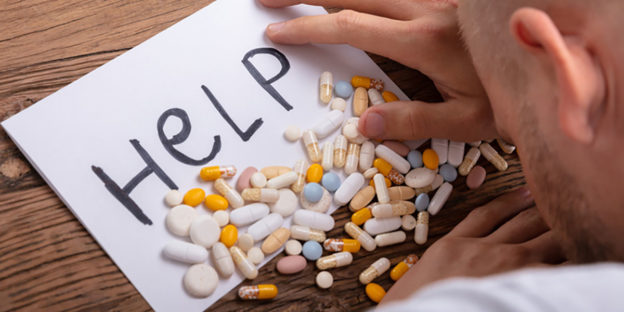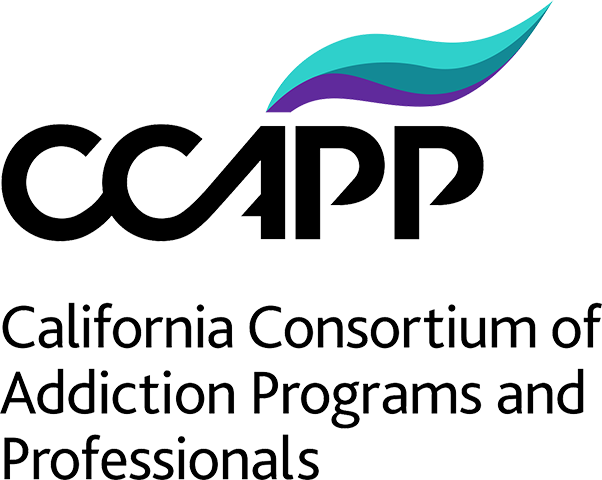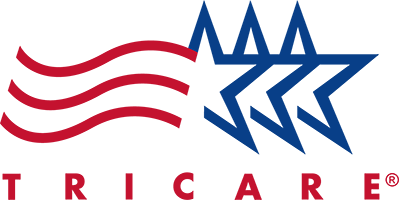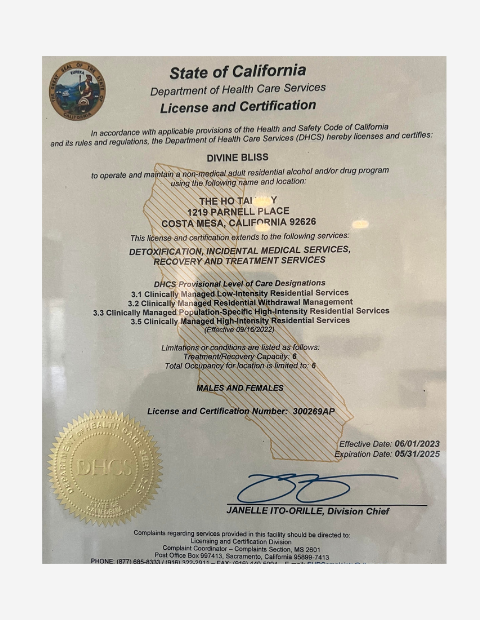Opioids are pain-relieving substances which are reserved for the medical purposes of anesthesia and alleviating pain. Heroin falls under the opioid category too but in the illegal segment of drugs. Abuse of prescribed, OTC and illicit drugs and substances continues to pose substantial health risks to victims and burdens the healthcare sector. Of late, the U.S faces a drug abuse crisis, in which over 115 people lose their lives daily. Opioids are among the leading killer addictions, and heroin, for instance, led to 15,482 fatalities in 2017, while prescription opioids racked up 17,029 in 2017 according to the National Center for Health Statistics. Orange County alone records an estimated 5,500 hospital cases from drug overdose annually and a staggering 700 deaths.
The above stats imply that there is a significant number of overdoses which have not been fatal and shows the grave danger posed by opioids. Intravenous drugs are infamous for the spread of diseases; they too are widely abused. This epidemic has negative impacts which have claimed many lives, and the earlier this matter is contained, the better.
Addictions ever have negative implications, and they dig substantial financial costs on you, your family and friends. They lead to deaths too, which rob us bright and promising minds. Significant expenditure in the healthcare department is another negative impact, coupled with reduced productivity of the affected persons.
The Opioid Threat
The National Association of County and City Health Officials (NACCHO) reports that both illicit and prescribed opioid pose a significant health risk in America as a whole, and should be considered a national emergency. NACCHO strongly supports local healthcare departments in their continued plans to get rid of the opioid threat. They have strived to push for the implementation of strict policies. These policies are mainly evidence-based, and formulate a program which will help in both prevention and cure of opioid addiction and any disorder that sprouts from it. NACCHO is determined to enlighten the public on this pandemic by creation and publishing of website content concerning the same. This content will play a significant role in educating you, and measures you should employ to contain an impending addiction. A toolkit will be used, which will have a primer, which will come in handy in helping local healthcare firms respond to emergencies.
What are Opioids?
Opioids are pain relievers. They include the pain-relieving pills we use daily. You visit the doctor, having a severe headache and they prescribe some medicines which you take and miraculously begin to feel okay, those are opioids for you. They do not relieve pain but instead lower the signals carrying the pain stimuli to your brain. If the brain can’t receive neurons sending the pain message, you won’t feel pain. They can further alter your brains response to pain. Medical practitioners are trained to prescribe these drugs as fast pain relief for toothache, injuries, chronic cancer, and surgeries. There traces of opioids in cough syrups too. If safely consumed with the prescriptions, opioids are harmless. However, if abused, they result in an addiction that if not contained in time, can lead to fatalities, among other adverse effects on the victim.
Addiction
An opioid is highly addictive, and the addiction affects both your brain and your behavior. At first, you may have control, but as soon as the habit fully kicks in, you have no control. The drug triggers your brain to in need of a dose all the time. The urge to calm your nerves becomes irresistible and uncontrollable, and you can go the whole length to gratify this urge. This habit gradually graduates from a mere addiction to an acute disorder, and you have no control over the amount of drug you consume. Addictions in heroin, codeine, hydrocodone, and morphine are the leading examples of opioid addiction and prevalence. Other substances that pose an addiction are tramadol, paregoric, fentanyl, among others. All the above drugs are perfect when used for medicinal purposes, but catastrophic if illegally sourced and abused. An addict is prone to injuries and death.
Symptoms of Addiction
Addiction alters your behavior and affects your brain. High drug abuse may lead to brain damage, heart failure, liver damage, and poor muscle coordination. Symptoms of addiction range from physical, behavioral to psychological. Even the simplest urge of missing a drug, thinking about it may imply dependency. Below is a list of signs and symptoms of addiction.
- Poor muscle coordination
- Frequent drowsiness
- Difficulties in breathing
- Frequent mood swings
- Disoriented speech
- Stress and depression
- Sleeping problems (insomnia or too much sleep)
- Poor decision-making abilities
- Nausea and persistent vomiting
- Low motivation levels
- Increased anxiety and anxiety attacks
Causes of Addiction
The leading cause of addiction is an abuse of these drugs or prolonged use.
Opioids create their endorphins in your brain, which bring about a temporary feeling of joy, peace, satisfaction, and reduce stress. Once addicted, you will even feel high from these pills, but trigger acute discomfort and depression when not taken. As their effects take a toll in your body, your system demands larger quantities as a result of tolerance.
Treatment
Different people respond differently to opioid therapy. The treatment process strives to expel the opioid from the body/system and help contain all withdrawal effects. The detox leaves you clean and deletes future urges of indulging in the drug.
Coping with withdrawal symptoms
Withdrawal symptoms are bound to show up during detoxification, but these are easy to handle in a medical setting. Nausea, vomiting, and drowsiness are inevitable, accompanied by anxiety and pain. However, comfort meds administered will help you cope with the above.
Methadone
Methadone is among the most commonly prescribed meds (especially heroin addicts). It directly works on your brain, balances it, and kicks out the withdrawal symptoms. NIH recommends the use of methadone for recuperating persons and insists that a person must not cease from its use until advised so by a doctor. Sometimes, long periods of use are preferred and, in some cases, used for a lifetime.
Suboxone
Suboxone is prescribed strictly to adults to help them beat addiction to opioids. It is combined with counseling and plays an integral role in assisting patients in booting dependence on opioids. Psychosocial support is provided to patients alongside medication to aid them in fast recuperation.
Final word
Meds only handle the therapeutic healing process. You should work on physical, psychological, and physiological healing. You need to forgive yourself for getting yourself into this, view yourself from a positive point of view while still steering clear any person or environment that may rekindle your love affair with the drug. When you ascertain that you need help, you can contact us and see a specialist. Alternatively, visit The Ho Tai Way for more information and professional guidance. We can answer any question you may have.
Sources
Mayo Foundation for Medical Education and Research 2018, Prescription drug abuse, accessed 12th June 2019, https://www.mayoclinic.org/diseases-conditions/prescription-drug-abuse/symptoms-causes/syc-20376813
National Institute on Drug Abuse 2019, Overdose Death Rates, accessed 12th June 2019 https://www.drugabuse.gov/related-topics/trends-statistics/overdose-death-rates
National Institute on Drug Abuse 2019, Opioids, Accessed 12th June 2019 https://www.drugabuse.gov/drugs-abuse/opioids









